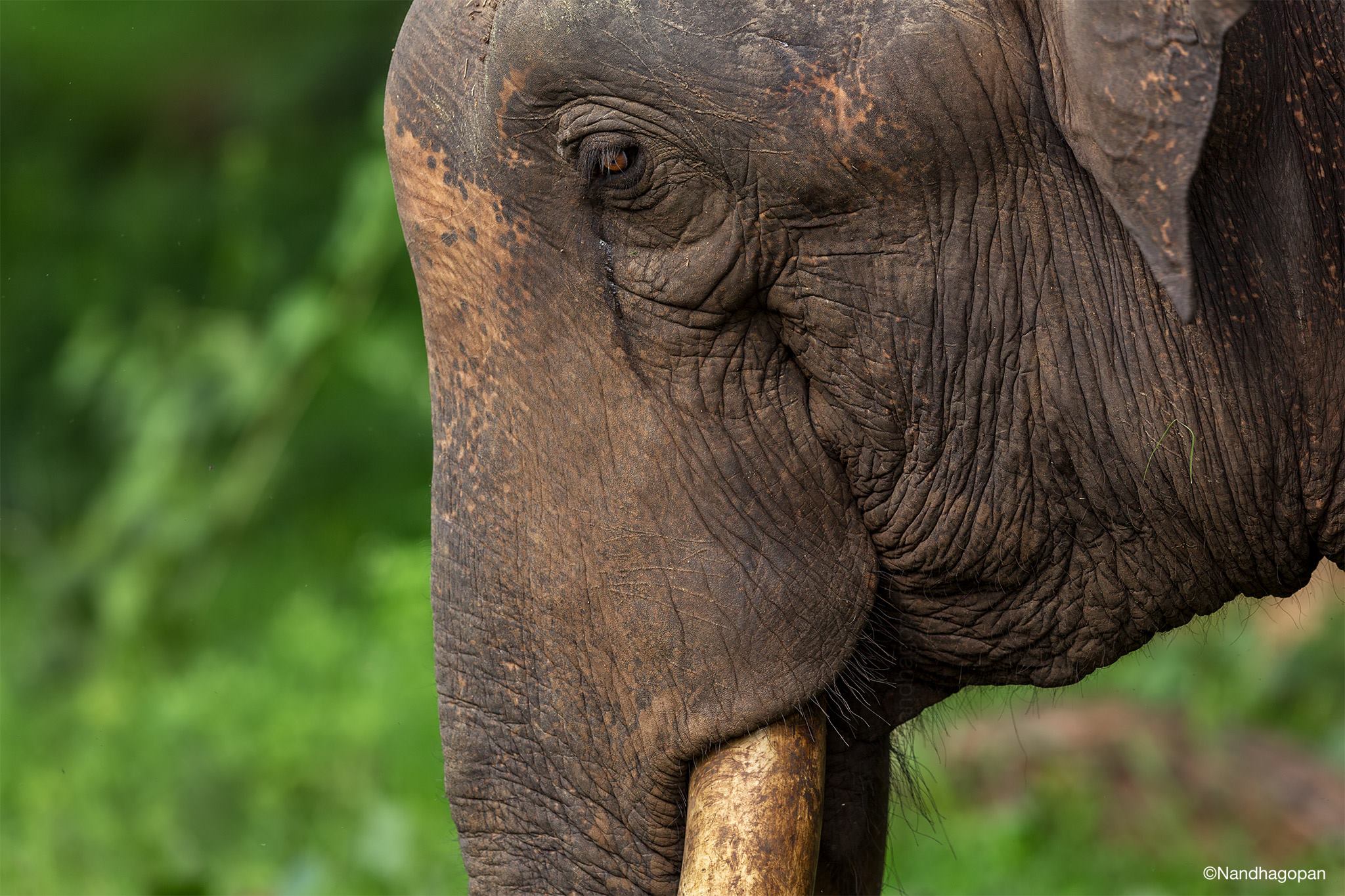Dwindling elephant number: A mighty loss that can prove costly for Odisha’s ecology
Bhubaneswar: One of the many aspects of Odisha’s pride, elephants, have been gradually declining in number. Majestic and grand in their appearance, Asian elephants were once found in abundance in the state. Statistics say that there were around 2,044 elephants in 1979 and the number has come down to 1976 in 2017.
The dwindling number of pachyderms is one of the major threats to environment and ecology of Odisha. Here’s why:
Leaving a trail
Elephants feed on a mixed variety of trees and thus help in the creation of forests by dispersing the seeds of the different trees they eat. Some species of plants like wood apple depend entirely on these wild animals for seed dispersion.

They eat top branches and the bark, thus leaving food for smaller animals who cannot climb up the trees.
Elephant dung fertilizes the soil in large forest areas and some of the seeds are also dispersed to faraway lands through elephant dung, as they keep migrating to distant places.

Elephant corridors, the narrow strip of lands through which they move from one forest patch to other, also serve as a direction/guide for other animals and pathway for human beings.
In Danger
Despite the awareness of how crucial their existence is for the conservation of wildlife, they are being killed. These wise Elephas maximus have been hunters’ targets for their ivory tusks and hence, poachers in Odisha have killed around 144 elephants with weapons, poisons, and through electrocution in the last seven years.

Elephants have reportedly been mowed down by trains and road vehicles and died after falling into open wells, by sagging power lines, and various other unknown reasons. Out of the 59 elephant deaths, the highest 16 were reported from Dhenkanal.
The easy targets
Matter of concern here is the death of breeding tuskers whose numbers have come down to less than 100.

Environmentalist and secretary of Wildlife Society of Odisha, Biswajit Mohanty said, “The tuskers are easy targets for poachers because they are isolated by the herd on reaching the age of 15-16, when capable of breeding. They have to go around and find their own food to survive. This is when poachers start stalking these animals. Poaching is not a one-day task. A week-long plan is made and after following them for some days, they hunt them down. There have been cases of elephant’s trunk been entirely chopped off. This is done by professional poachers. Acid has also been thrown on some elephants in an attempt to kill them.”

The clock ticking away
To protect these terrestrial mammals, three elephant reserves were established under the Project Elephant since they require larger home range. However, this effort hasn’t brought much change in the scenario.

Tracking poachers, barricading the open wells, pulling up the sagging live wires, and strict patrolling in the forest areas are some of the suggestions Biswajit Mohanty made to check their dwindling number.
Elephants need urgent attention or in years to come, it’ll be an animal our state shall no longer shelter.


Comments are closed.